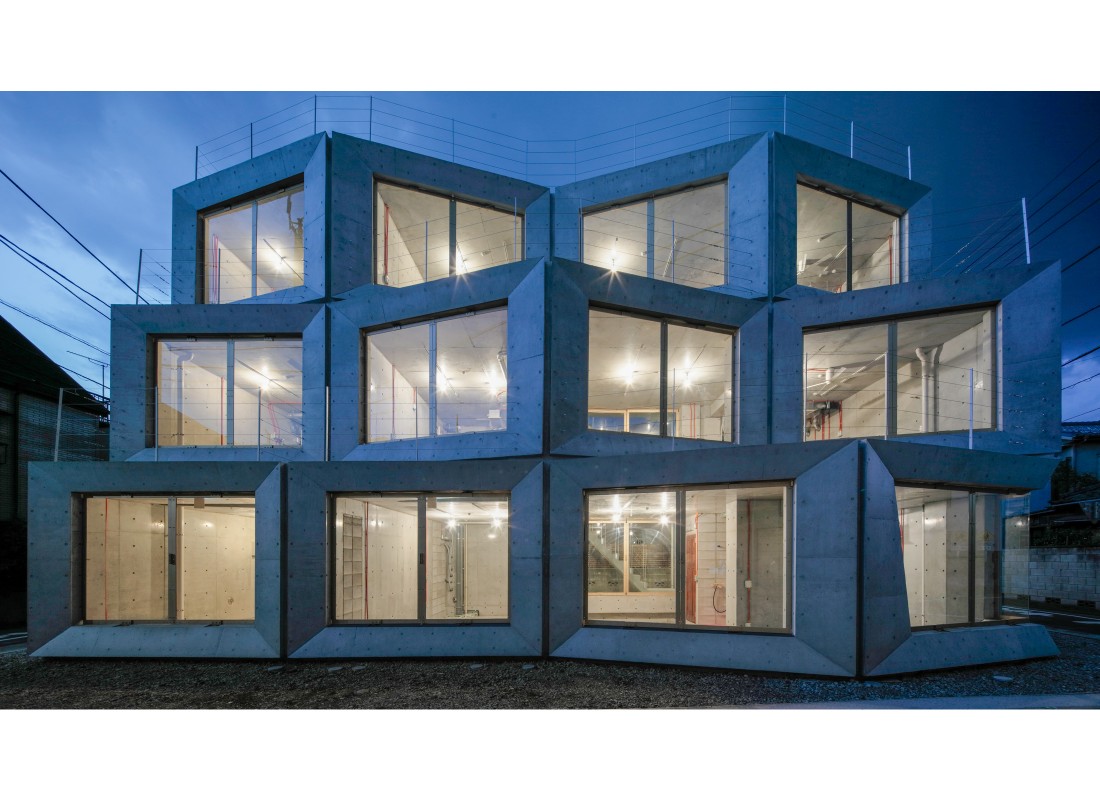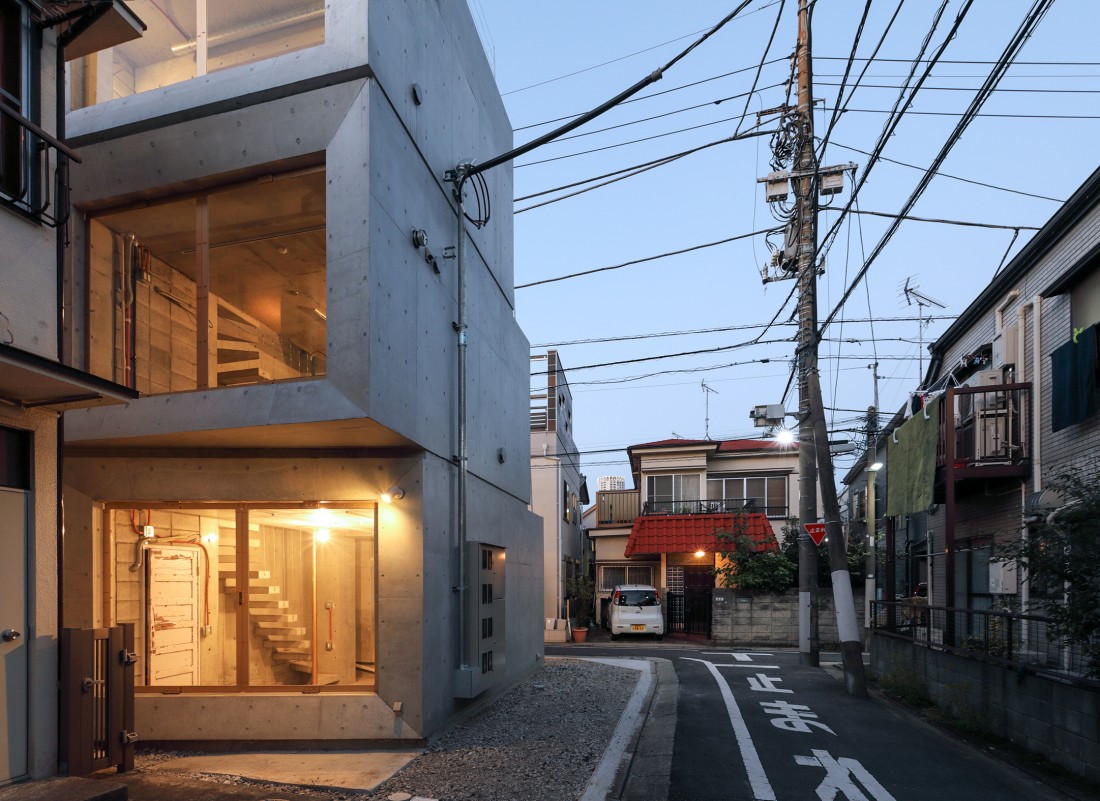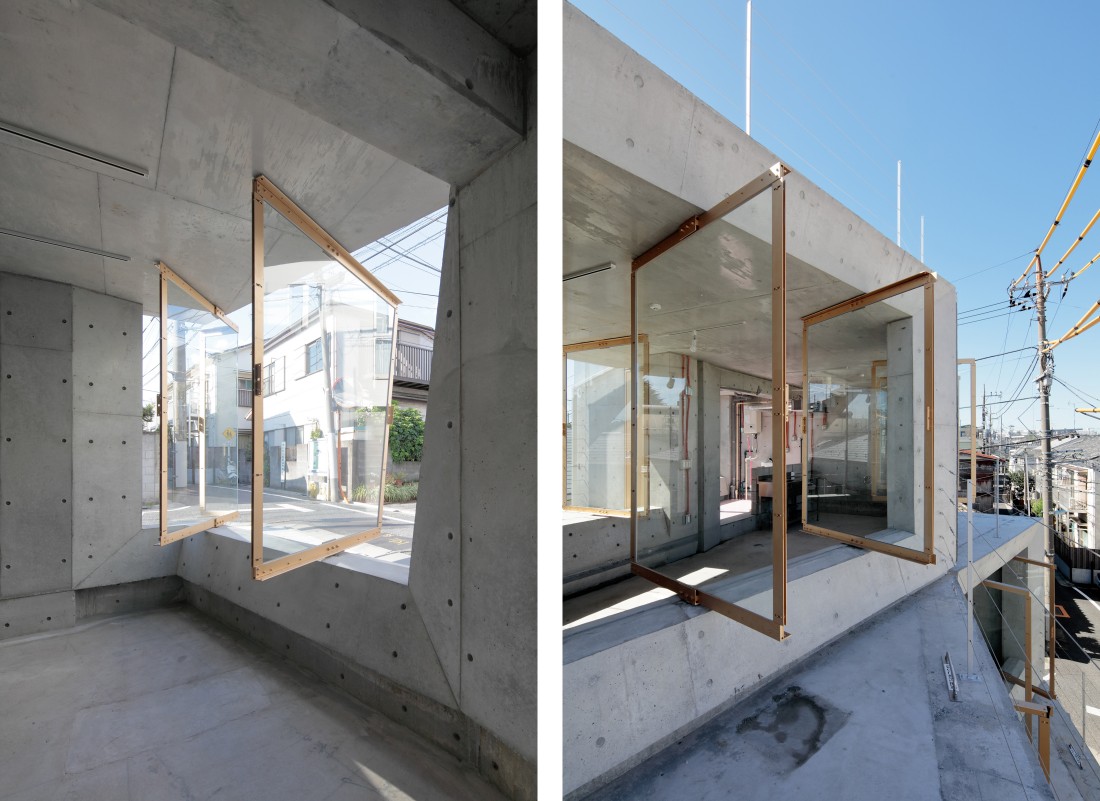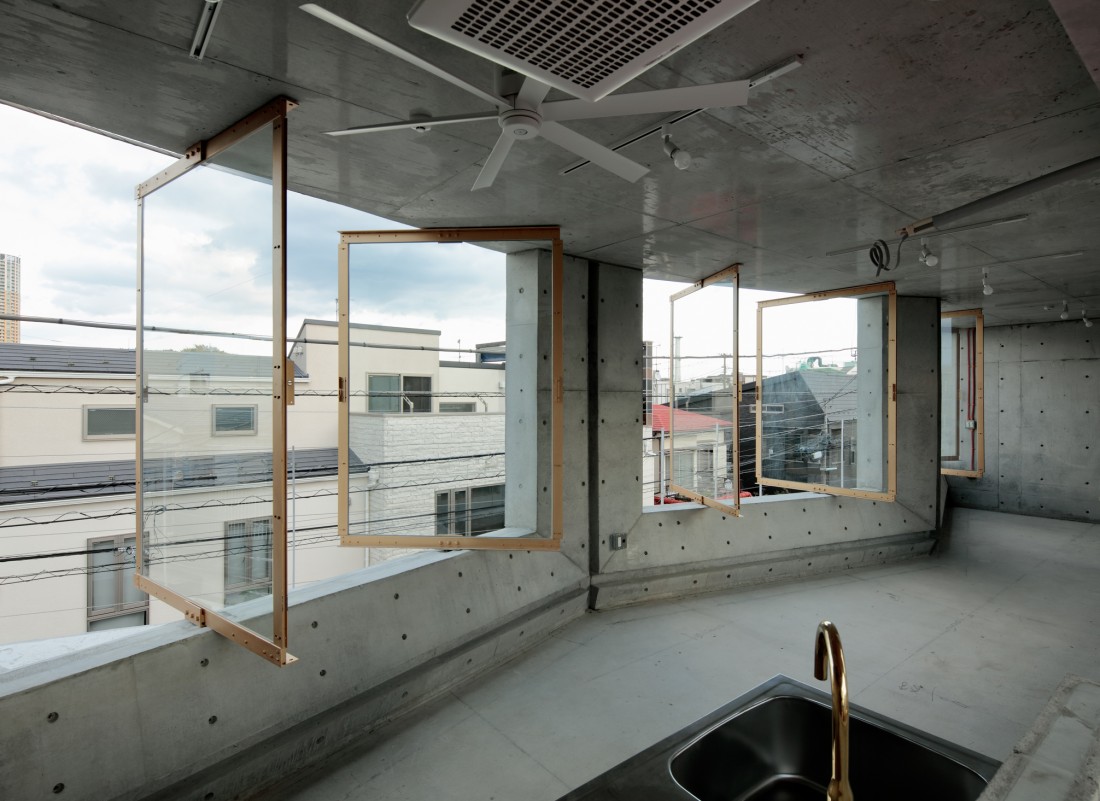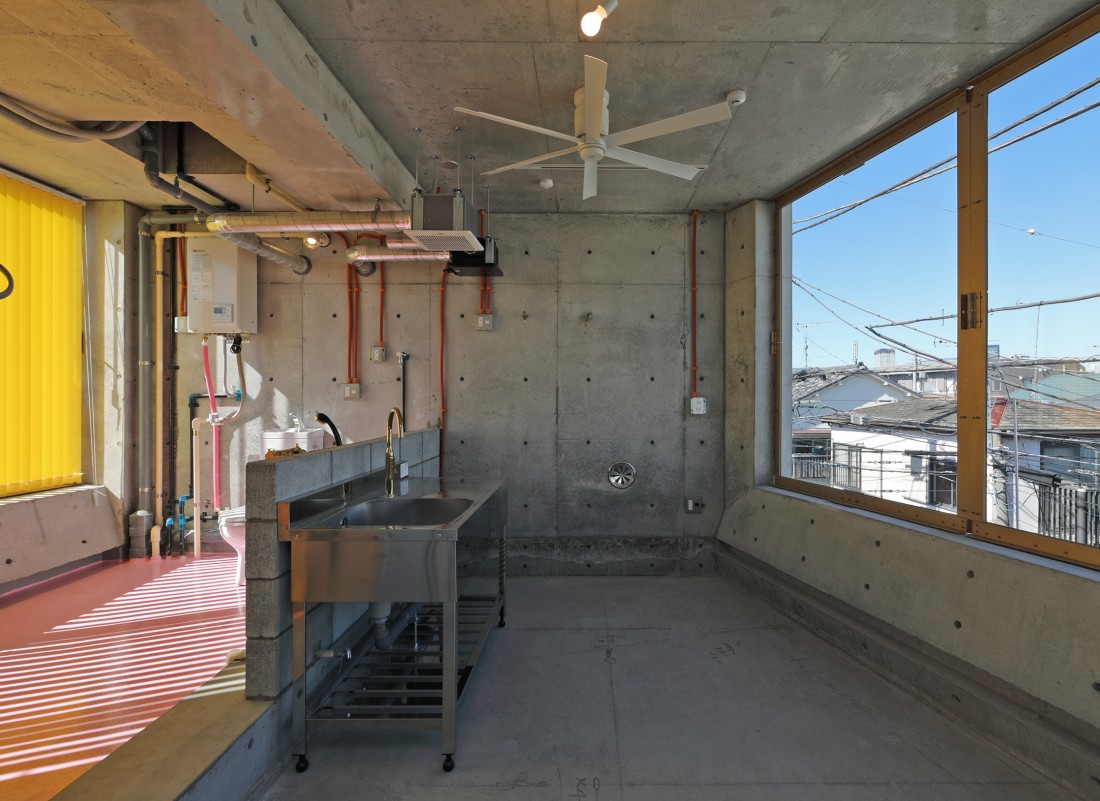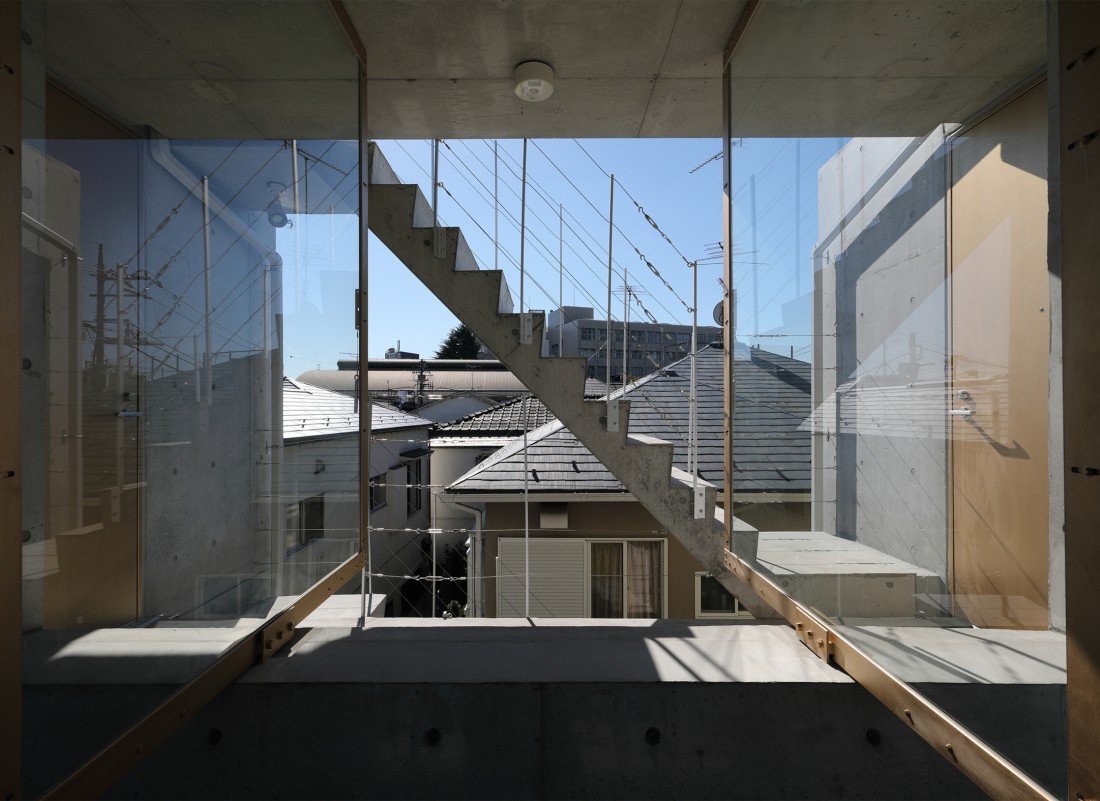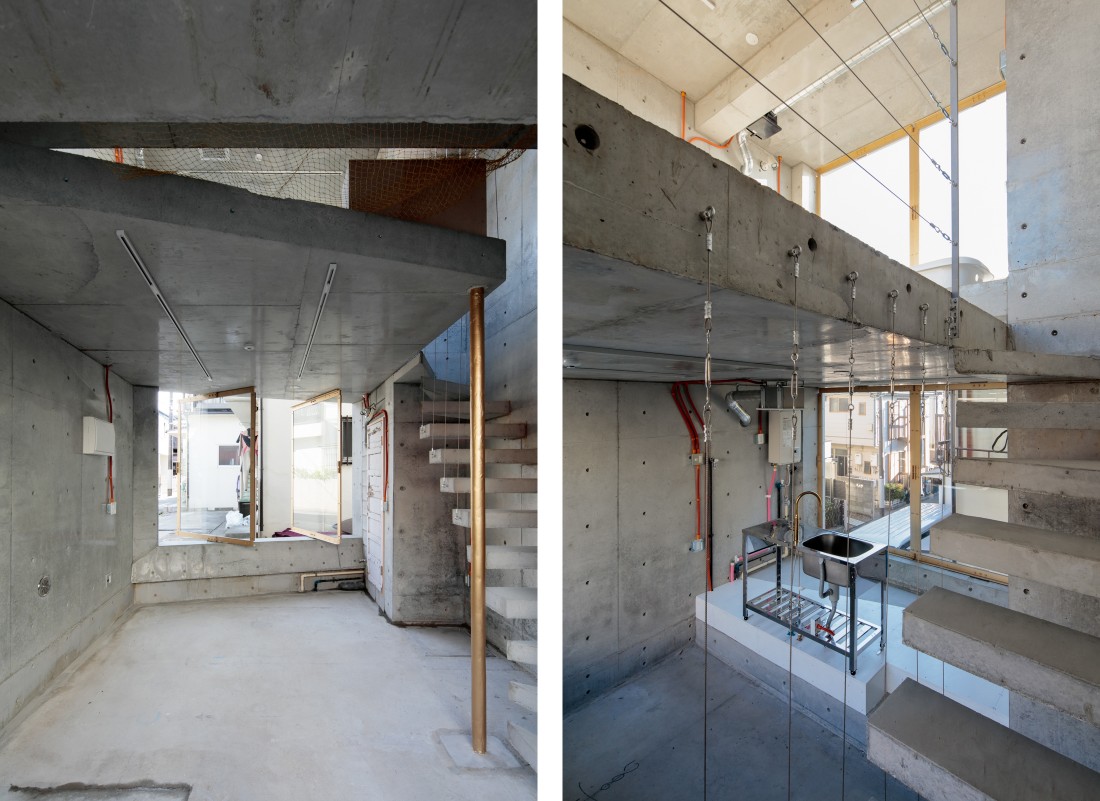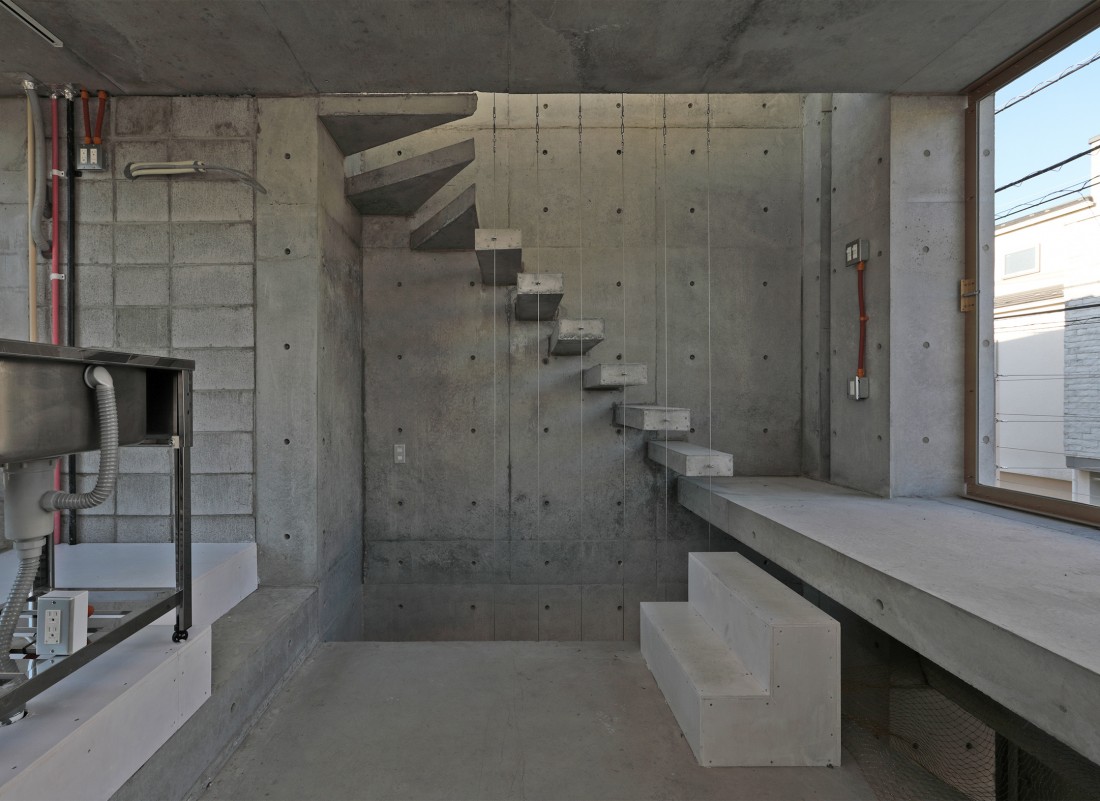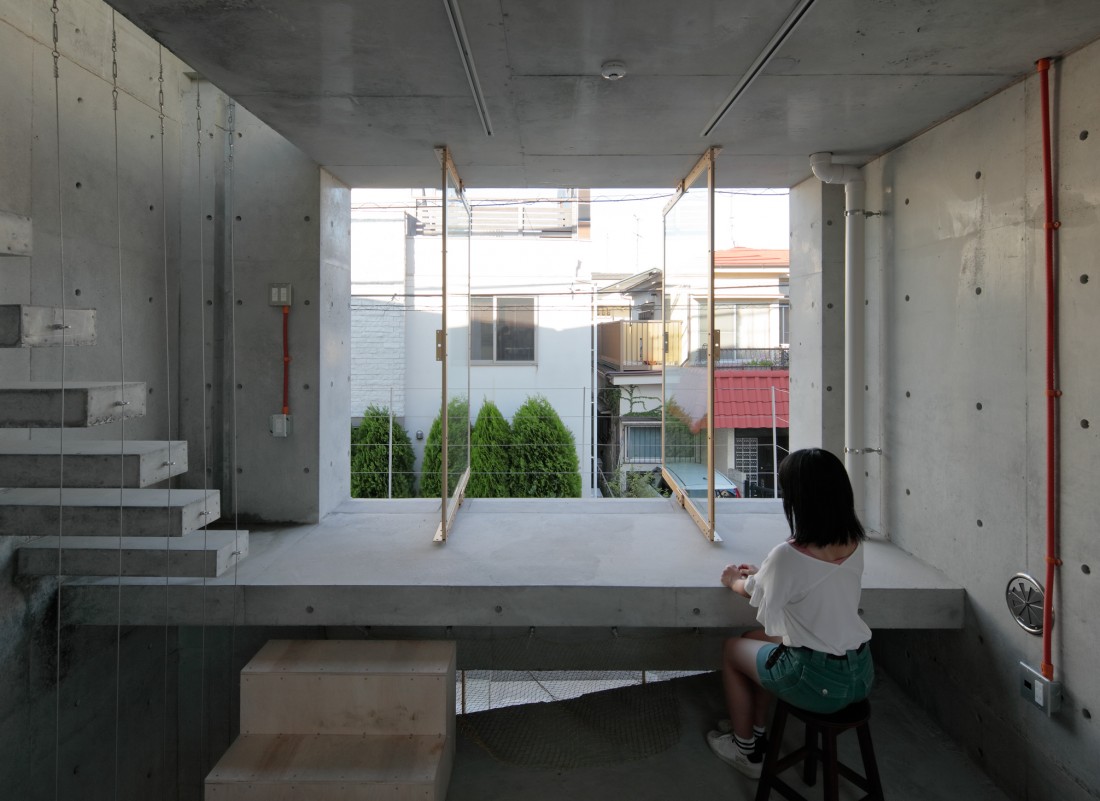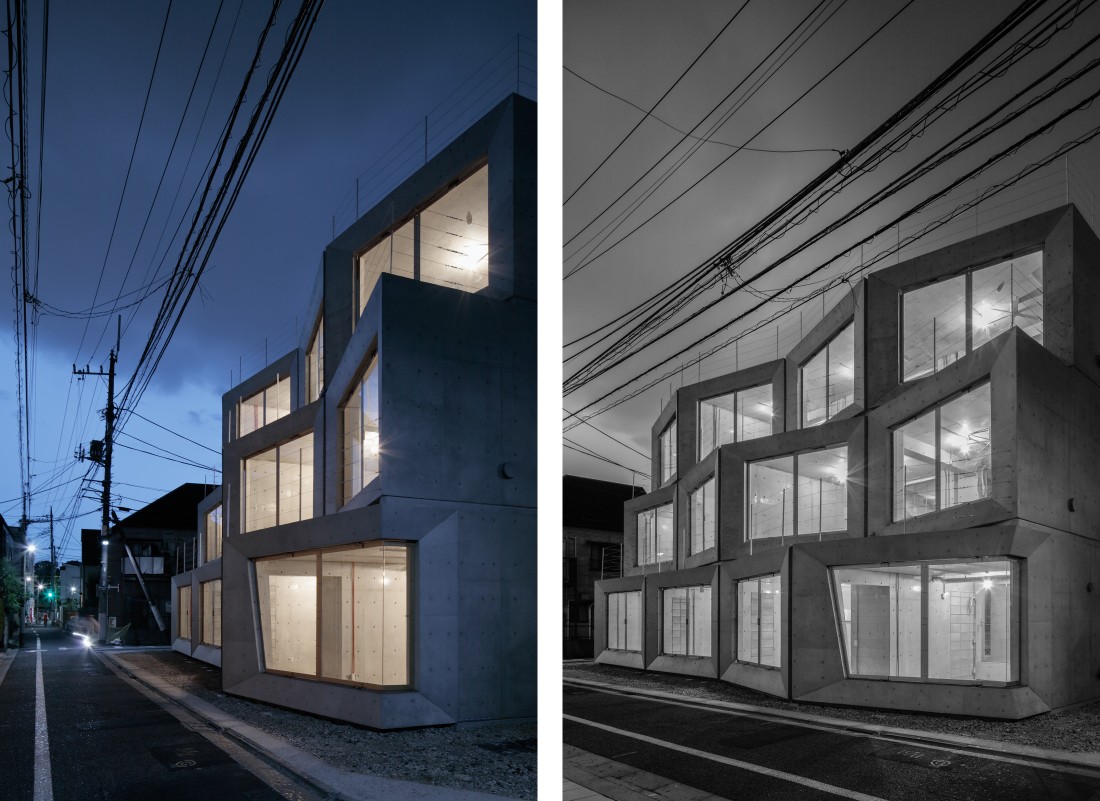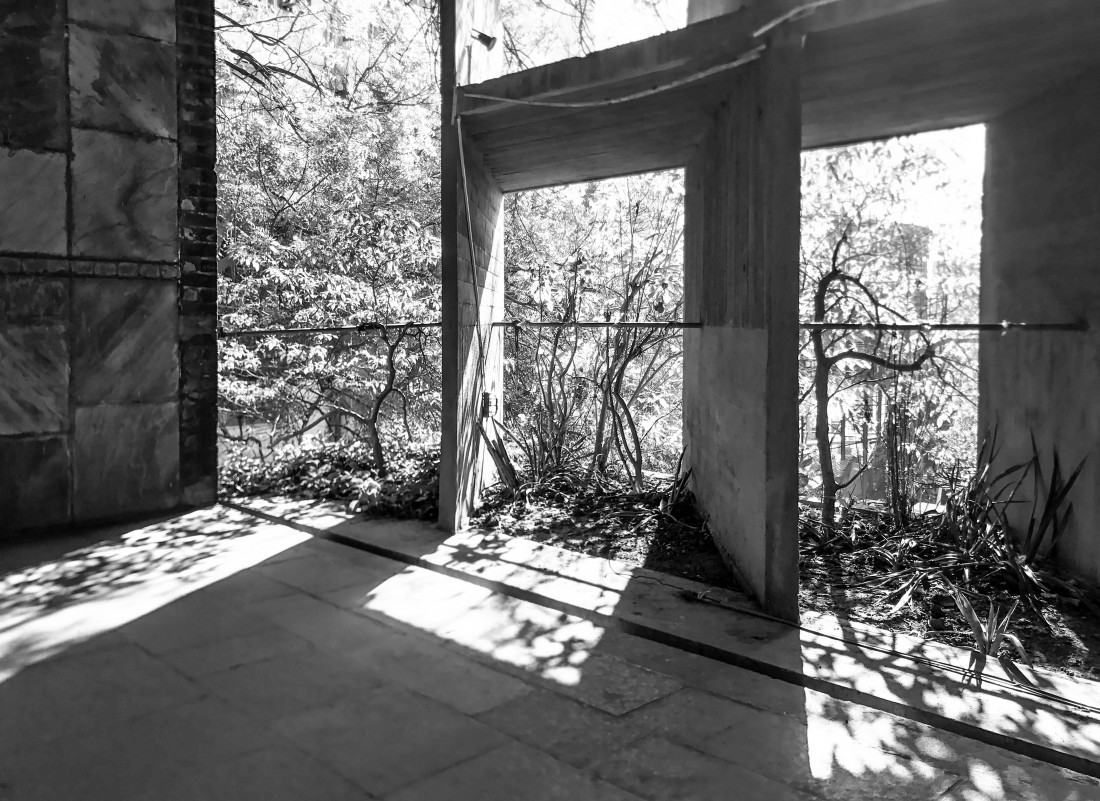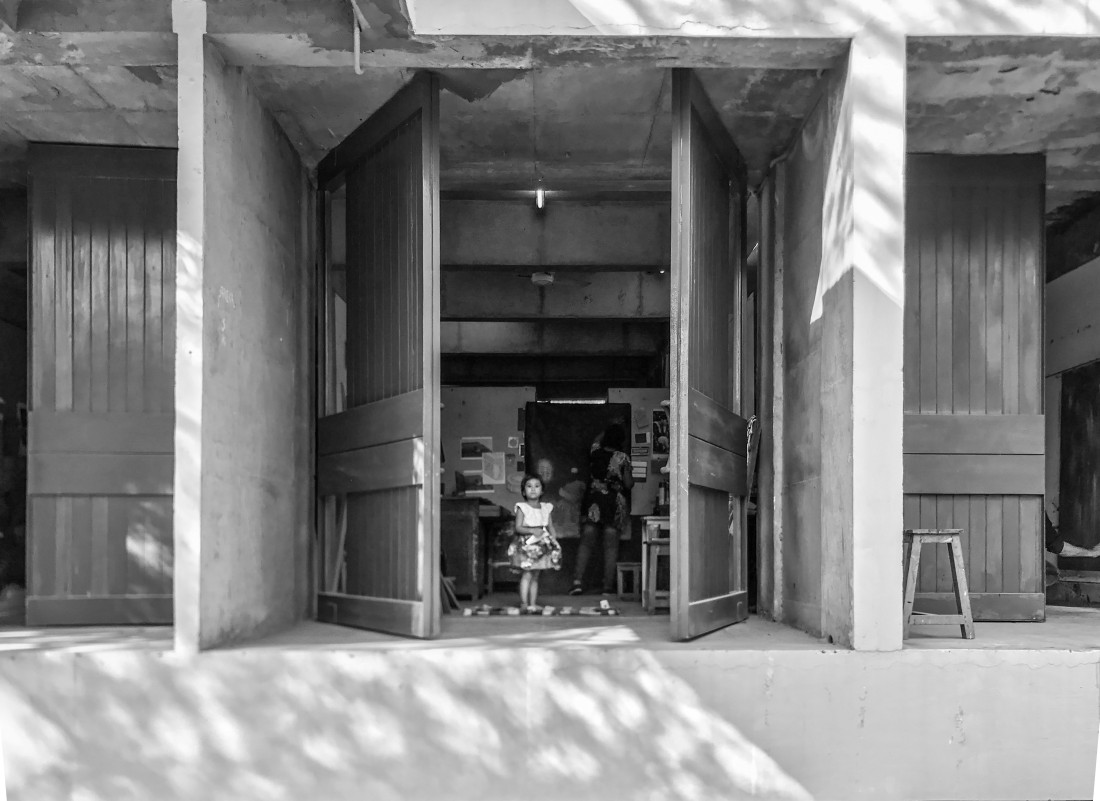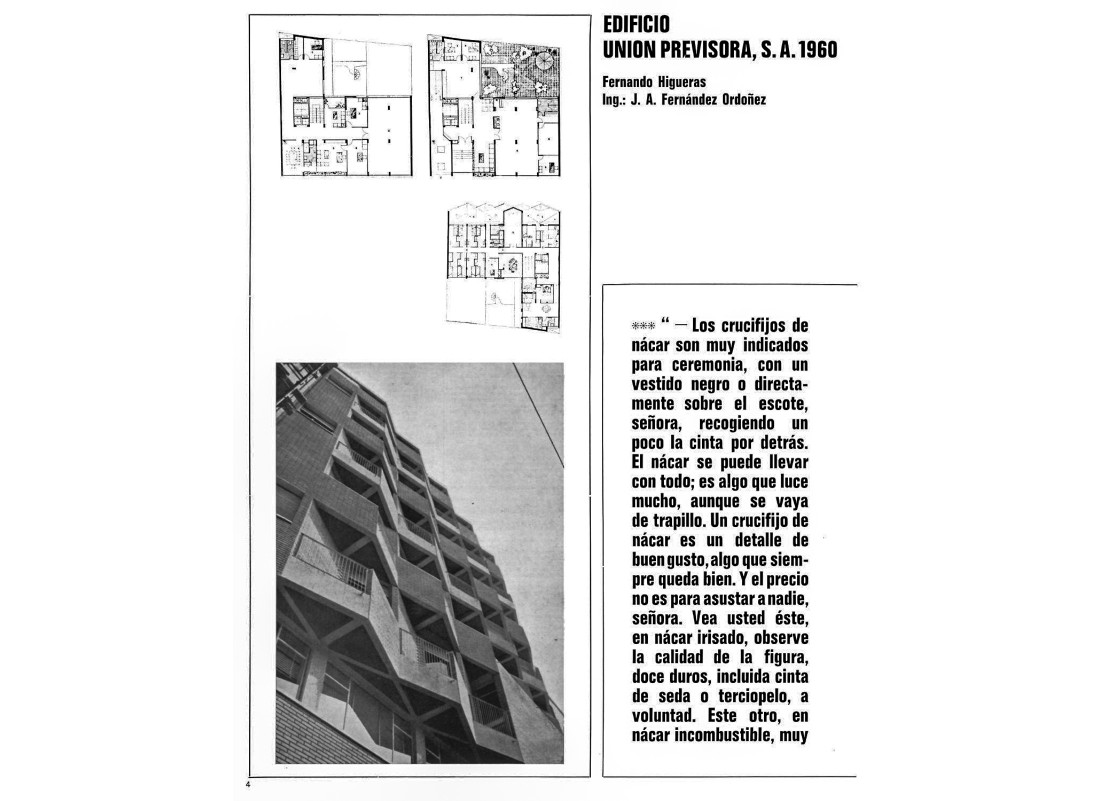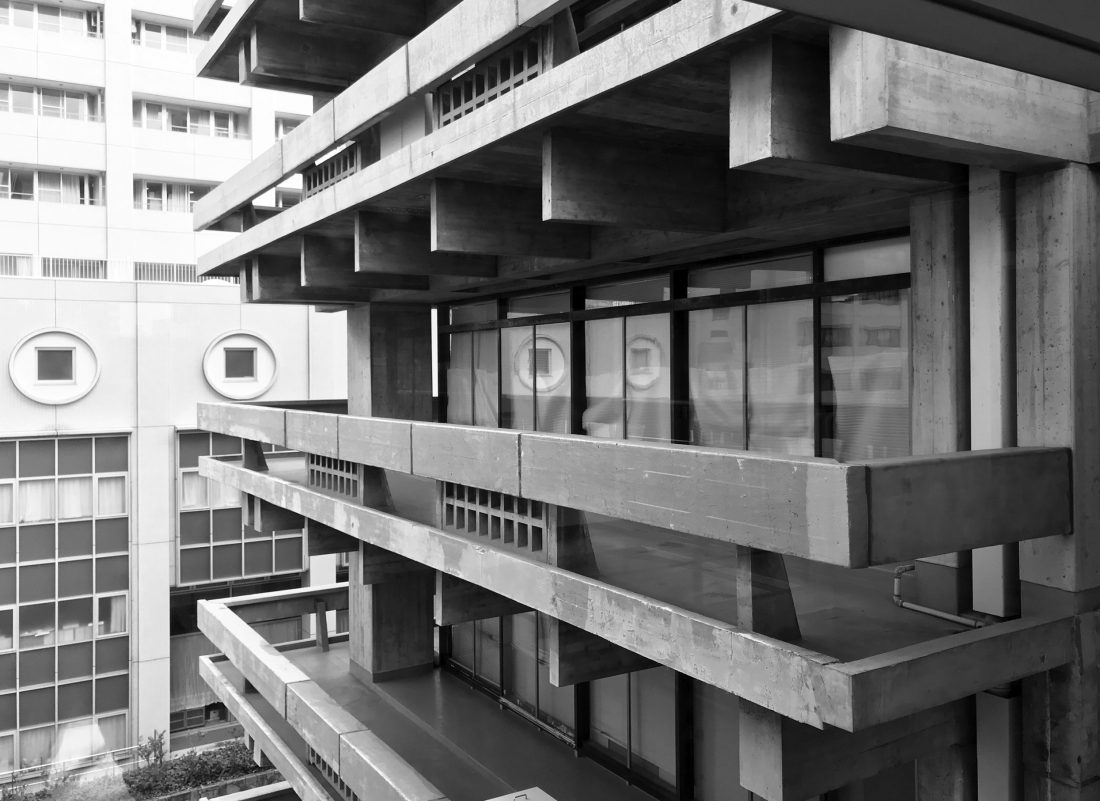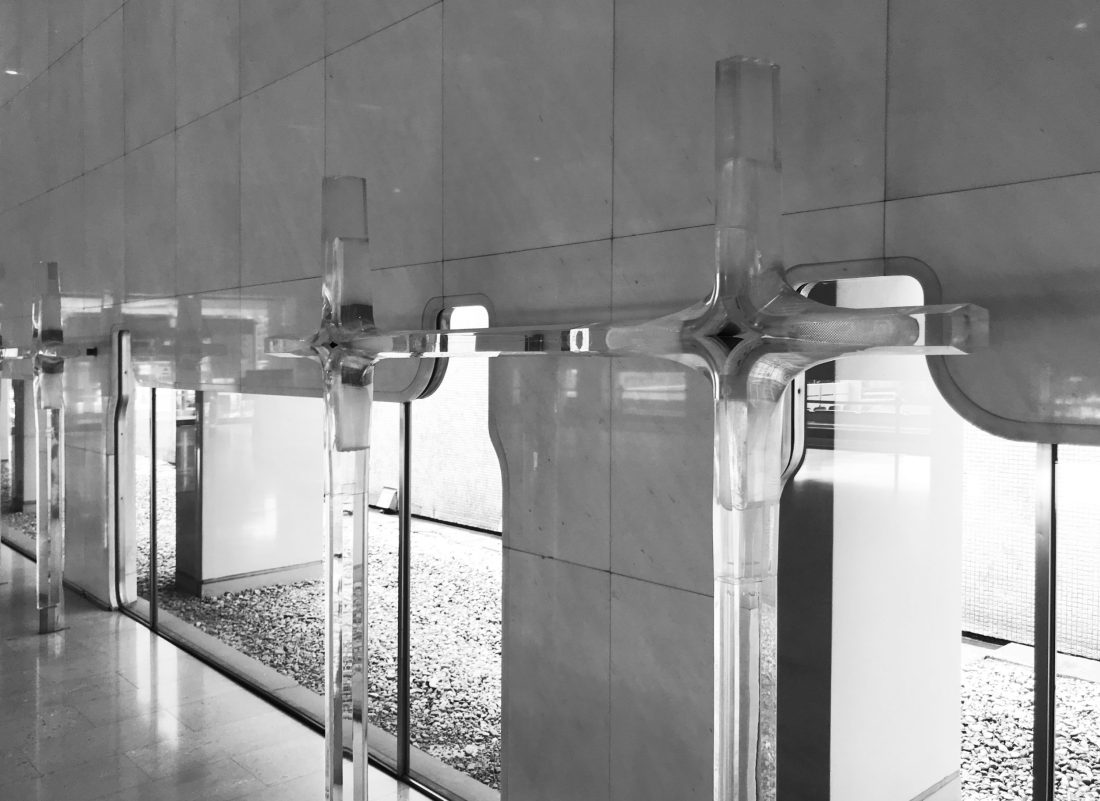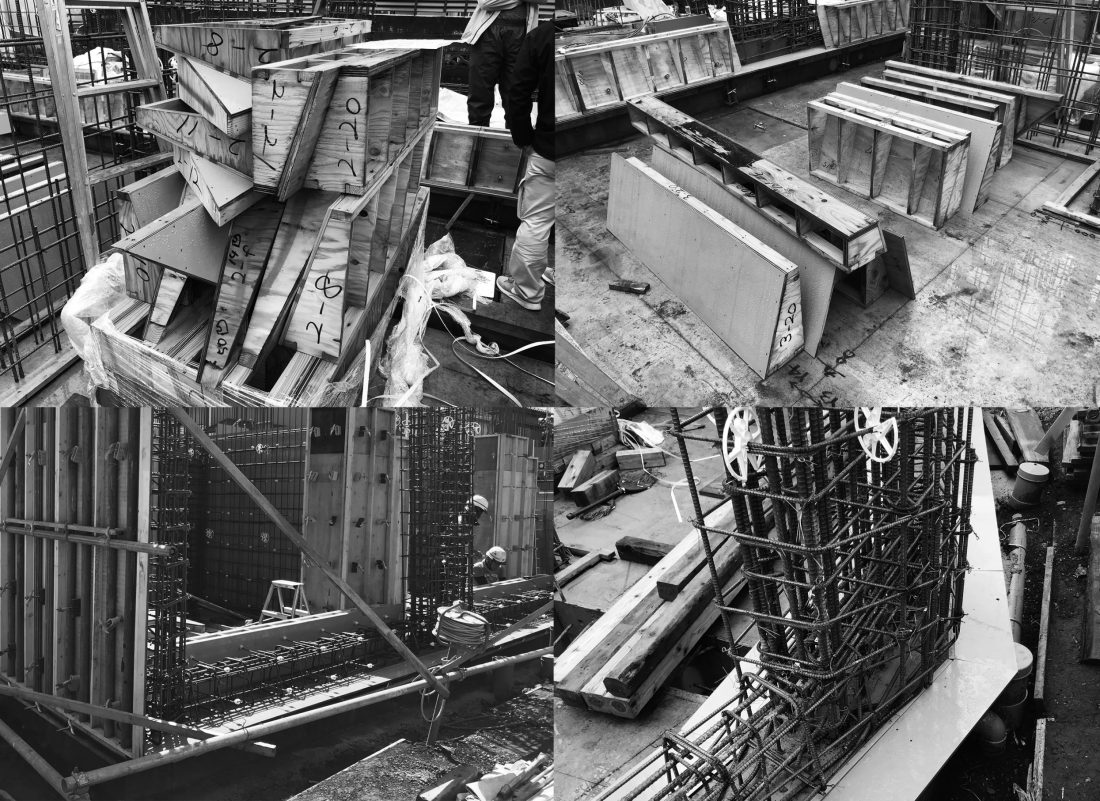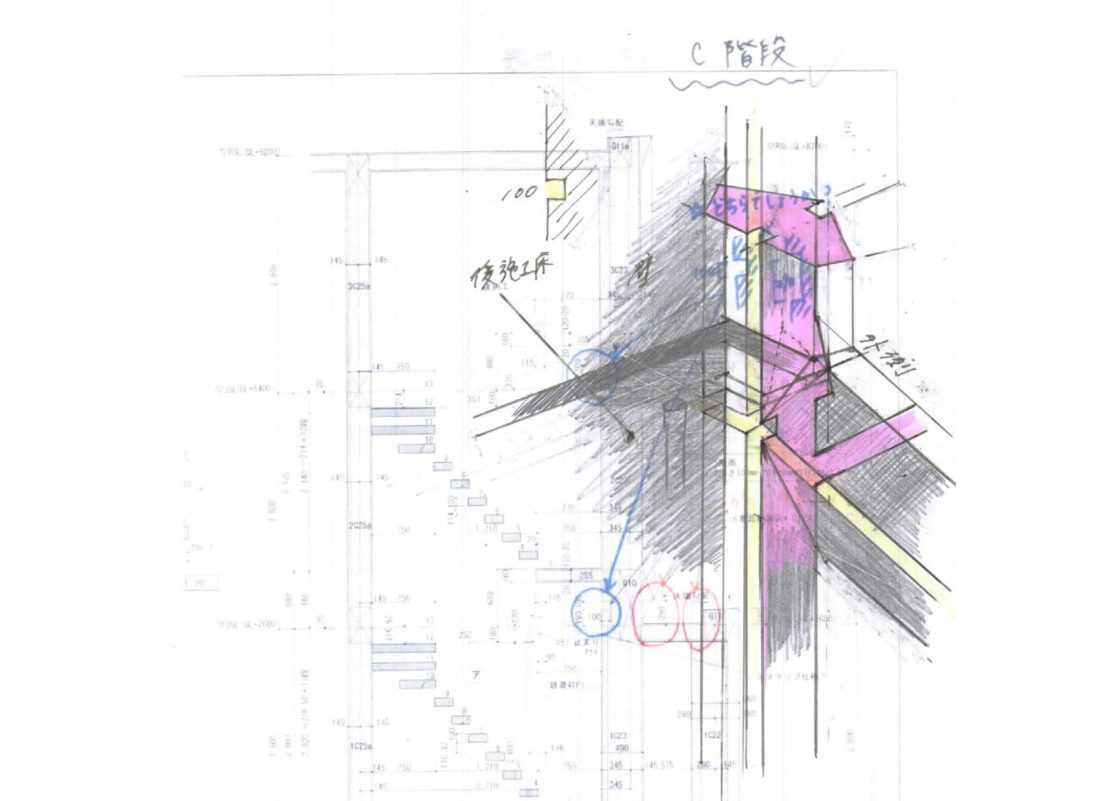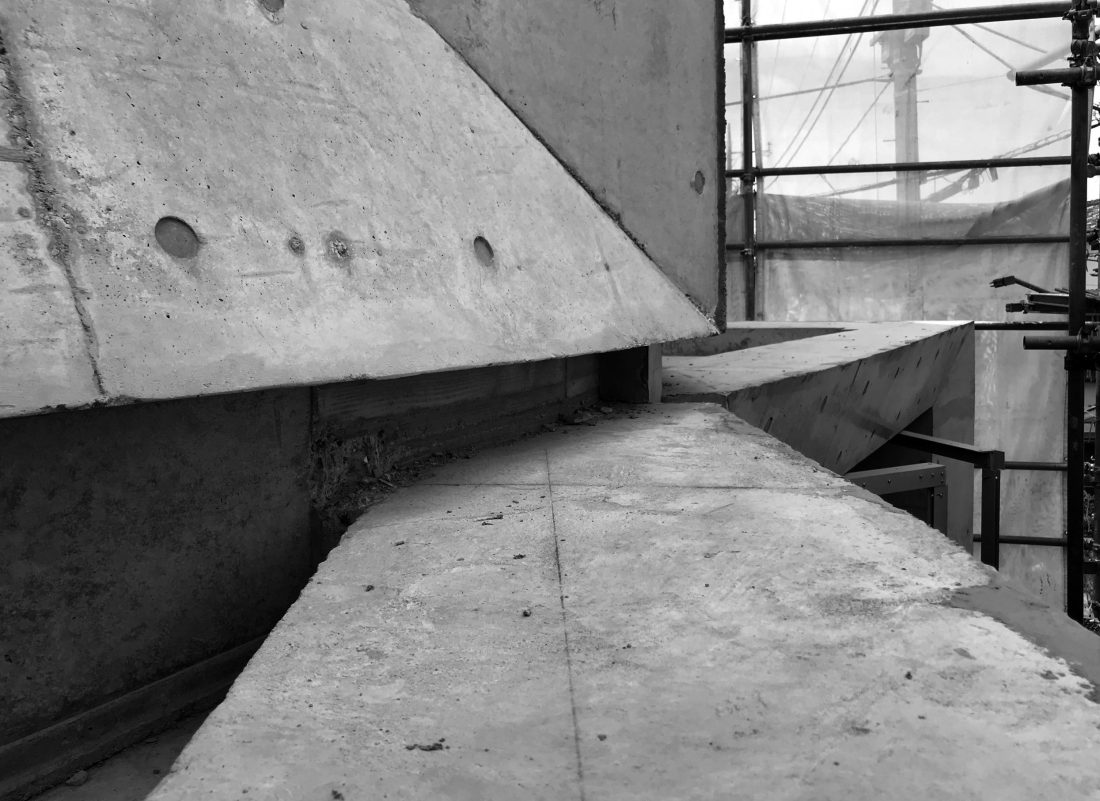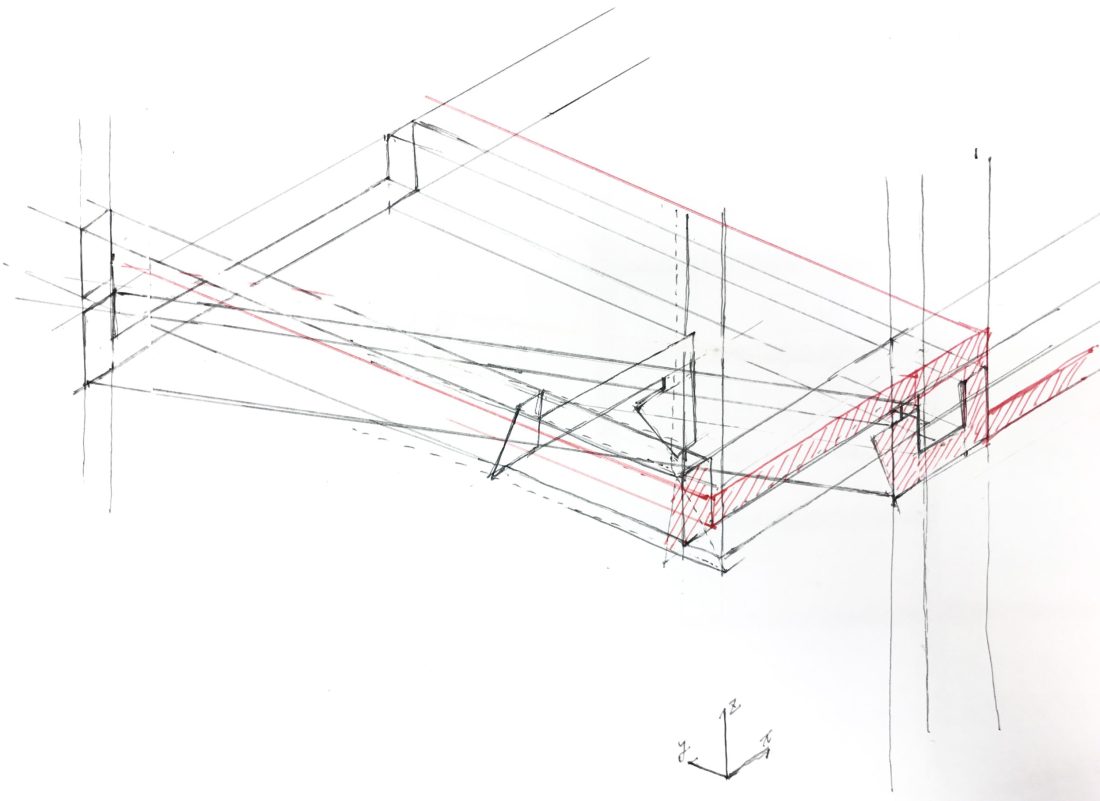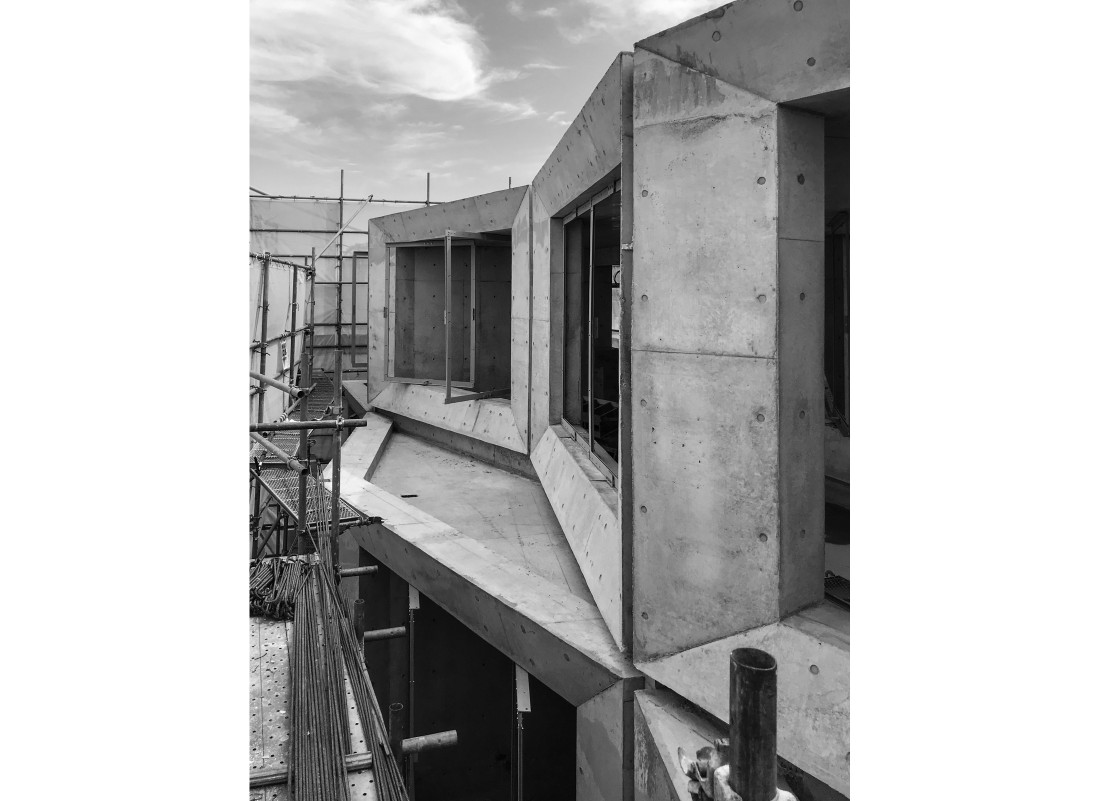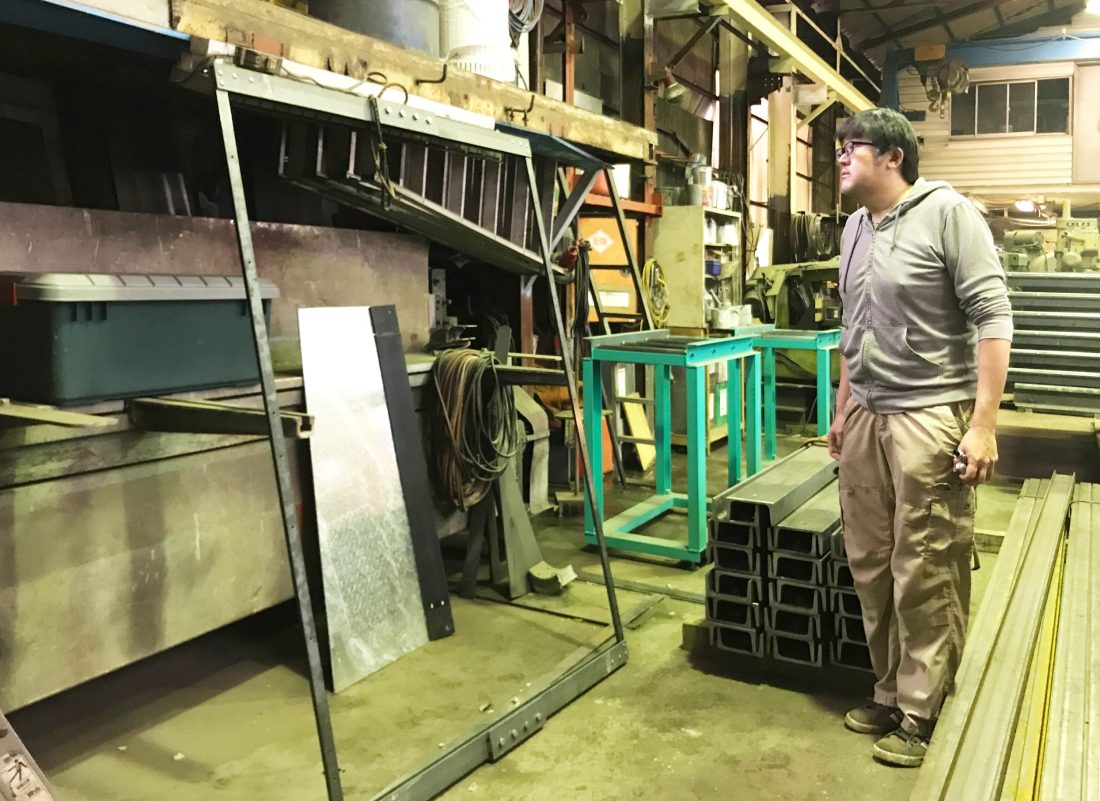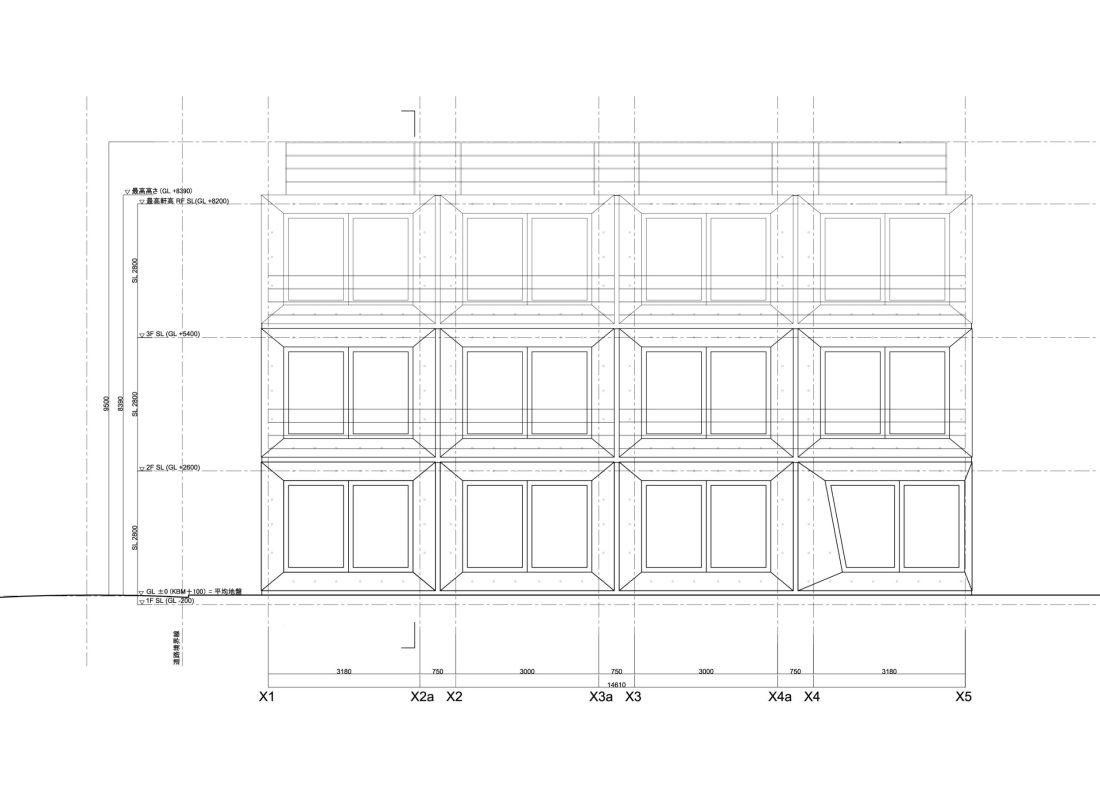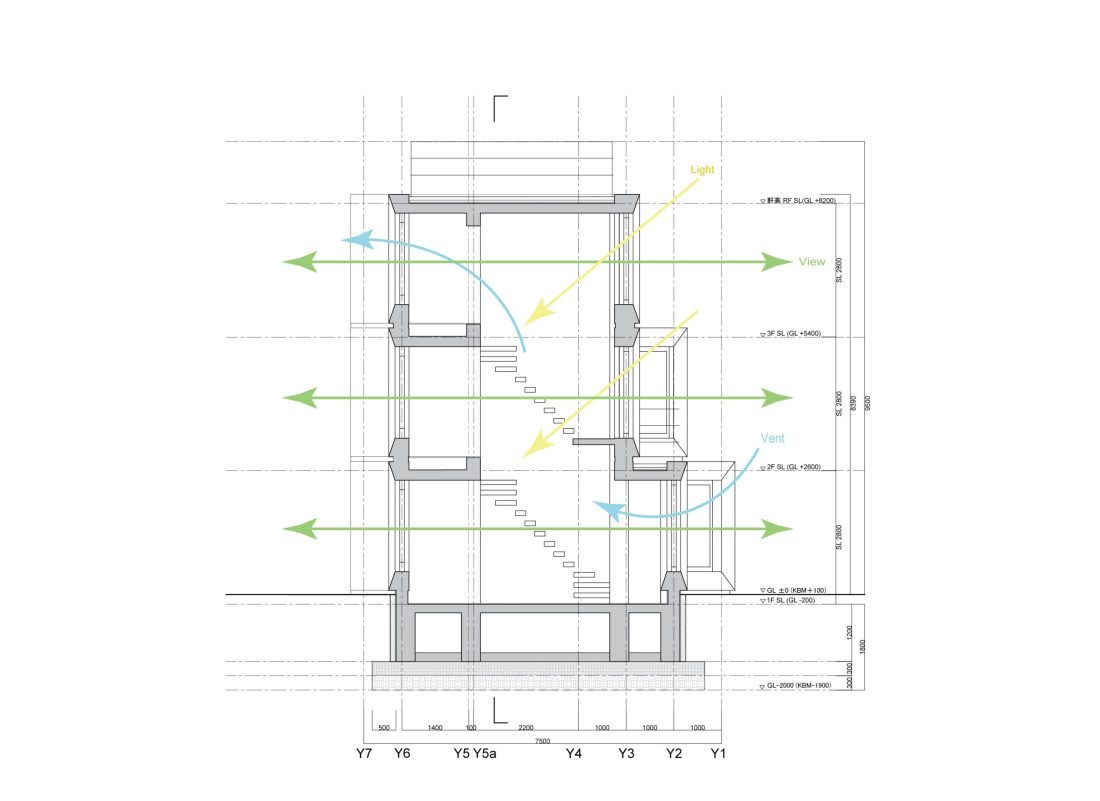House of Quartz is an architecture imagined as a crystallization of all living energies. It shines, reflects, and magnifies everyday phenomena to channel and amplify their vibrant frequencies. It is solid and porous and acts as a skeletal base for all forms of life. The spaces are conceived as anti-gravitational to be free of modern typologies. The building is a low-tech architecture and a mixed-use building with different unit configurations, but essentially does not distinguish between life/work/play. The windows rotate 360 degrees, conceived as a lens to view the surroundings and to reflect and observe our inner being.
Prosaic building typology and zoning could disembody the essence of our daily life in the city. During the COVID, our urban life was severely restricted; we had to work from home and could not eat in restaurants; the function of urban space and the intended use of a building were compromised. Is there a need today for architecture in the city with clear boundaries between different uses and functions? The distinction between residential and commercial presupposes that people have sufficient economic means to afford to live in a proper residential area and work elsewhere. In contrast, Tokyo’s downtown commercial or industrial areas serve no purpose for many who do not consume or work there. Such a suffocating eventuality of urbanity leads even ordinary people to believe that it is necessary to fundamentally rethink lifestyles, ways of working, and how we live together in the city. It is possible to fundamentally rethink the “creation of liveable cities,” as defined in SDG #11, through a redefinition of architecture that is not only postulated by its function but can remain neutral. It seeks to create an open and airy building for the city, allowing users to redefine their daily activities with malleable and porous architecture.
The interior consists of a two-story row house, a three-story row house, and units of different sizes on the first, second, and third floors, with floor plans that can be internally connected and disconnected to meet the diverse needs of users. With an exposed mechanical system, it is easy to maintain and replace equipment for more efficient energy use over time. The exterior of the building looks like a stack of boxes, but unlike this brutal image, the building was designed to create a frame and channel for human and climatic elements to interact and flow through over time. As a result, the building emancipates ephemeral experiences as sunlight, rainwater, and wind flow through it. A notable feature of the building is its windows, which can rotate 360 degrees, increasing its porosity to its surroundings and making it more open to the city. In this way, the building seeks to defy its interiority. It is designed to boldly embrace the ambiguity of functionality and celebrate temporal elements typically considered taboo in contemporary Japanese industry. The building has also been set back to create a dynamic facade that creates unexpected encounters with its surroundings.
Structural Engineering: Takeshi Suzuki
Photography: Kouichi Torimura
これからの社会において明確な住み分けのできる建築や都市は必要なのであろうか?例えば、住宅地や商業地域などで言えば、その住宅地に住むことができる経済力が必要であるし、仕事がなければビルの立ち並ぶ商業地域を訪れることもないであろう。特に、昨今のように都市生活での行動制限が敷かれた場合、家で仕事をしたり、レストランで食事ができなかったり、利用目的で都市空間を定義し、それに習って生活することさえも形骸化することになる。そのような都市生活の息苦しさによって、ライフスタイルや仕事の仕方、日々の営みを根本的に見直すことが必要になるのではと、普通の人でも思うのではないだろうか?利用用途にとらわれない建築によって、SDGsの11番で定義されるような「住み続けるまちづくり」を再考することができるのではないか。そのようにまちにとっても風通しのよい、利用者にとっても日々の営みを再定義できるニュートラルな建築であることを目指した。
建物の外形はブルータルで箱を積んだように見えるが、そのイメージとは異なり、人や雨水や風を受け流すフレームとチャンネルを作ることを意識した建物である。よって雨水が建物にかかり風と流れていくときに美しく見えるようなデザインとした。また建物の特徴として特筆すべきは360度回転することのできる開口部つまり窓であり、この窓によって周囲との視認性が高まることによって街に開かれた建物になっている。一般的な建物であればタブーであるように思われる雨や風といった建物にとっては良くないと考えられるような自然のエレメントを恐れず大胆に取り込み、建物の用途や機能性を曖昧にすることで、現代社会に捕らわれることのない、抽象的で時代に中立な建築を目指した。
内部構成は、2階建長屋、3階建長屋、広さの異なる1・2・3階のユニットとなっており、必要に応じて内部で連結することもでき、利用者の様々なニーズに応える間取りになっている。この建物はほぼ内装のないかたちで設備スペースもむき出しになっているので、時代を超えて設備のメンテナンスやより効率的なエネルギー利用のためのリニューアルが行いやすいようになっている。建物の断面形状は、通風と採光そして眺望による内部と外部空間の視認性を最大限に生かすように設計された。内部空間の活動と前面道路を利用する歩行者との間で視線をかわせるように計画された。建物は造形的な存在感があるが、階毎の建物のセットバックと街に開かれた計画により、大胆で意外性のある豊かな外部空間が生まれ、また緊急車両や配送車両を止めることができるスペースが確保でき、通りがかる人々や近所の住民が自然に集まる中間領域を創出した。



